Branding Romania: The RUF ladies that built a 60-strong network of diaspora communities as ambassadors of The Road That Unites, Via Transilvanica
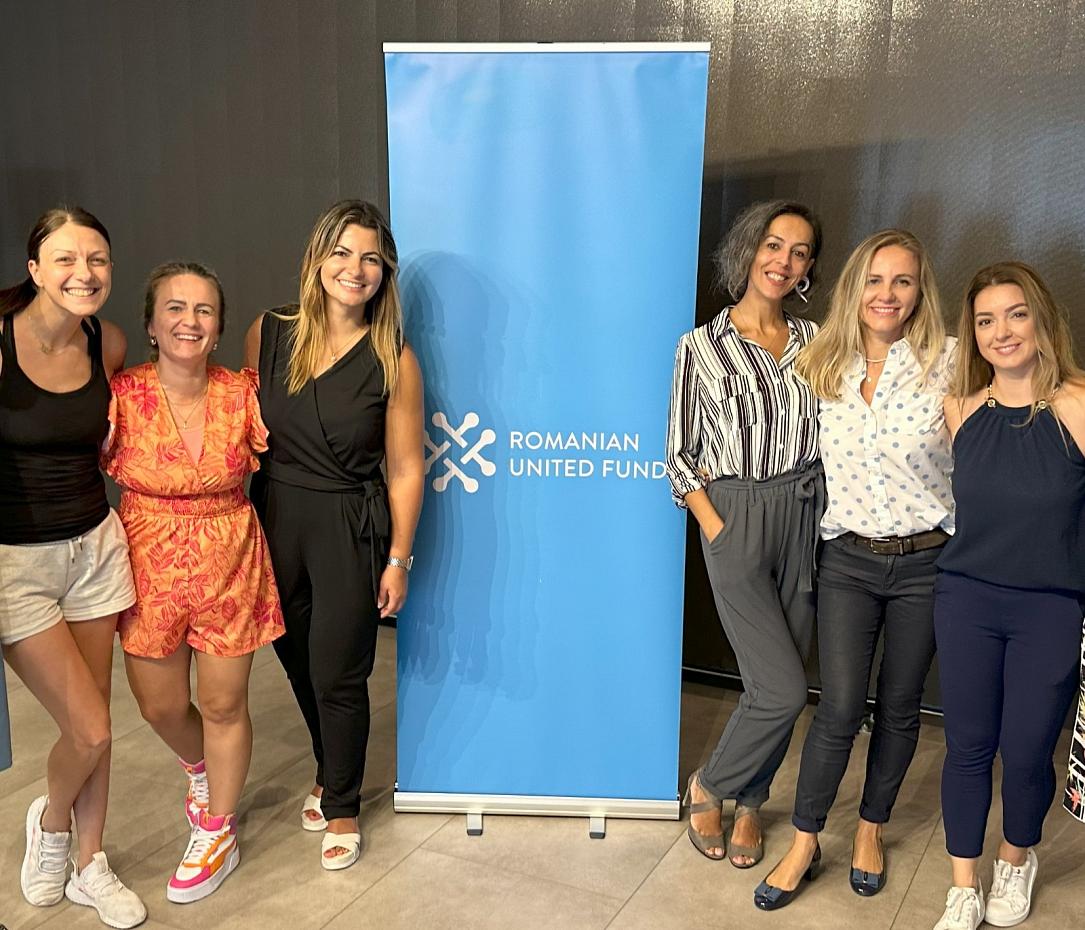


Born from the initiative of Tășuleasa Social five years ago, the Via Transilvanica project “The Road That Unites” - the long-distance trail that crosses Romania from Putna, where Stephen the Great rests, to Drobeta, where King Carol I entered the country, - is a national branding project through nature, tradition, and Romanian spirituality, promoting the natural and cultural heritage through a concept that combines the love of the country with technology and sustainability.
On one hand, the 1400 km of the route brings a new breath of prosperity to the over 400 localities it passes in the country. On the other hand, "The Road That Unites" has also achieved an unprecedented coalescence of communities through hundreds of "ambassadors" from among Romanians everywhere and friends of Romania.
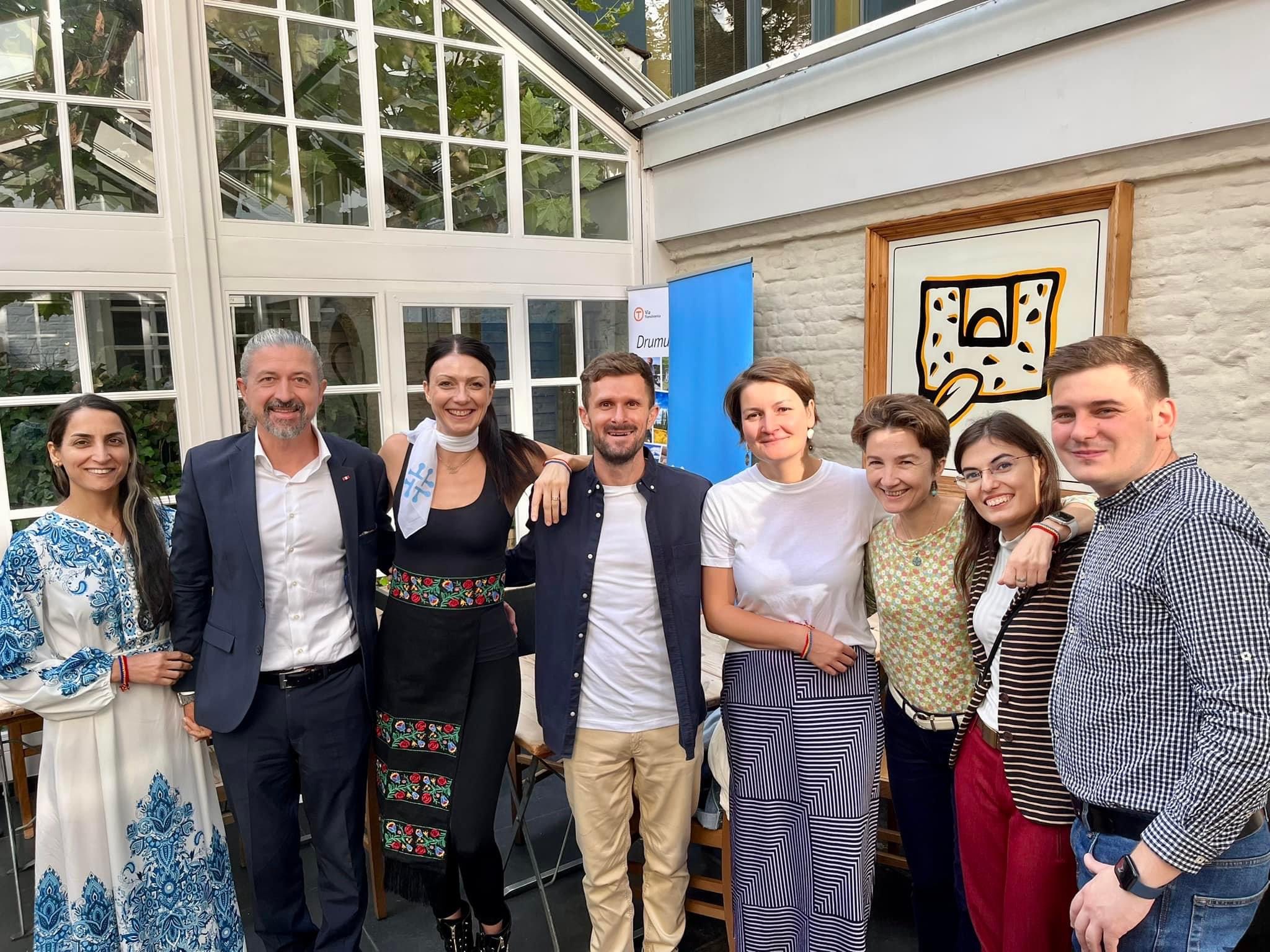
The Via Transilvanica promotional kits, which include everything from the Hiker's Guide to video materials or from mini-milestones of the route to bean-bags and event tents, were produced and distributed for free by RUF to those who signed up on the list of interested parties following a large international promotion campaign.
This is a virtual "road that unites", beyond borders, bringing together Romanian communities through an identity story with which they can proudly present themselves in front of the society they are part of.
From May to November 2023, over 60 Diaspora communities from the USA and other countries were equipped with promotional kits for the Via Transilvanica route, winner of the Grand Audience Prize at the Europa Nostra Awards Gala.
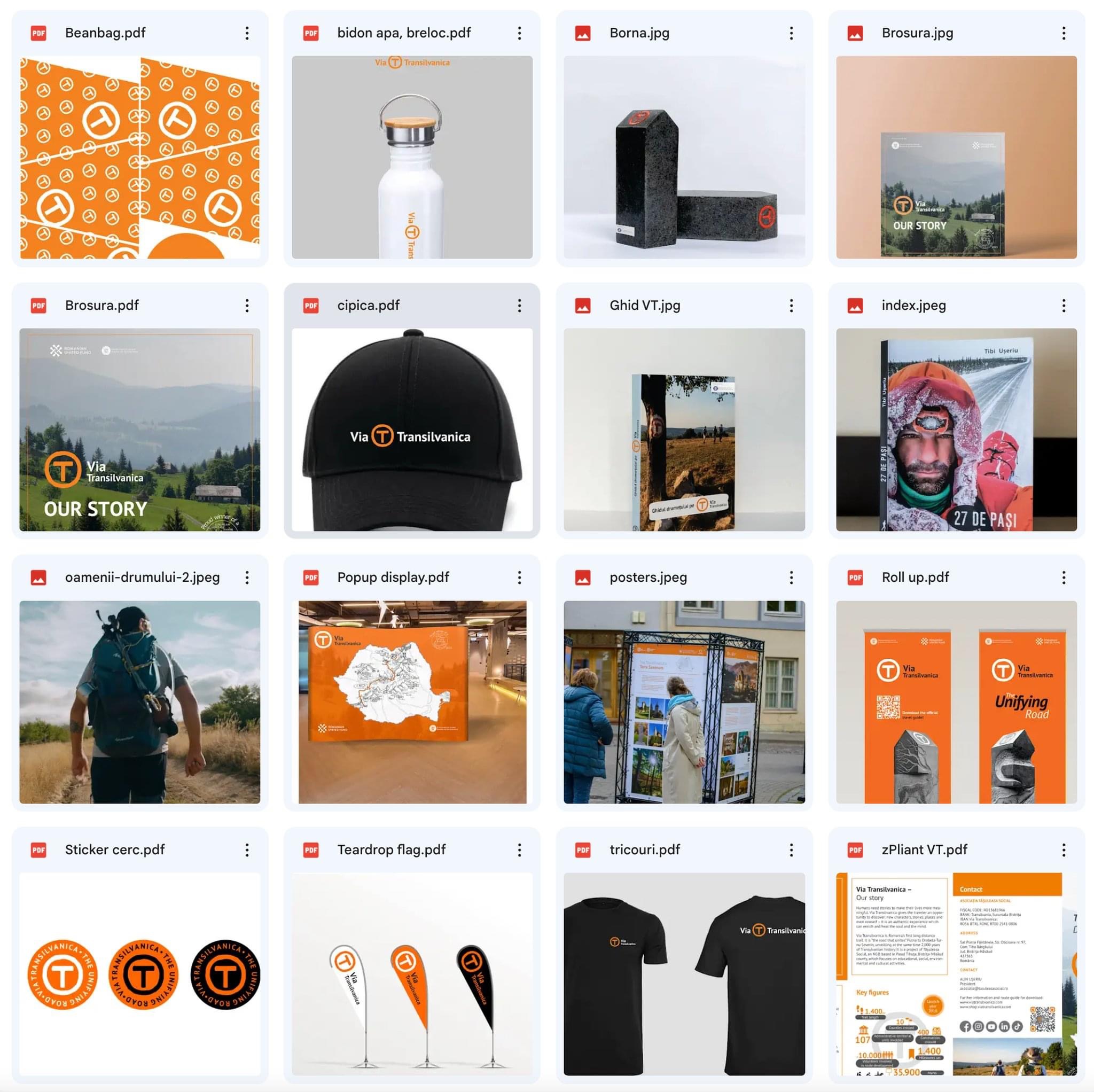
The "Road That Unites" project was initiated and conducted by the Romanian United Fund team, USA – from design to production, dissemination, and promotion towards Romanians everywhere.
It is probably the first time when dozens of communities around the world simultaneously benefit from a coherent, valuable, and visible set of presentation materials and participation at the level of the most respected fairs, festivals, or events, as part of a positive and fascinating story about Romania as a cultural brand or tourist destination.
The need for country projects, for symbols that are authentic and up-to-date at the same time, especially in the area of tradition and spirituality, is a real one, deeply felt by all generations and a potential catalyst of great power for the unity and solidarity of Romanians everywhere. This is the need for emblematic, flagship projects, which mark in the memory of Romanians but also of the societies of residence, the value of identity and the Romanian spirit.
Via Transilvanica - "The Road the Unites", through the eyes of the Romanian ladies from the RUF team that made this project possible:
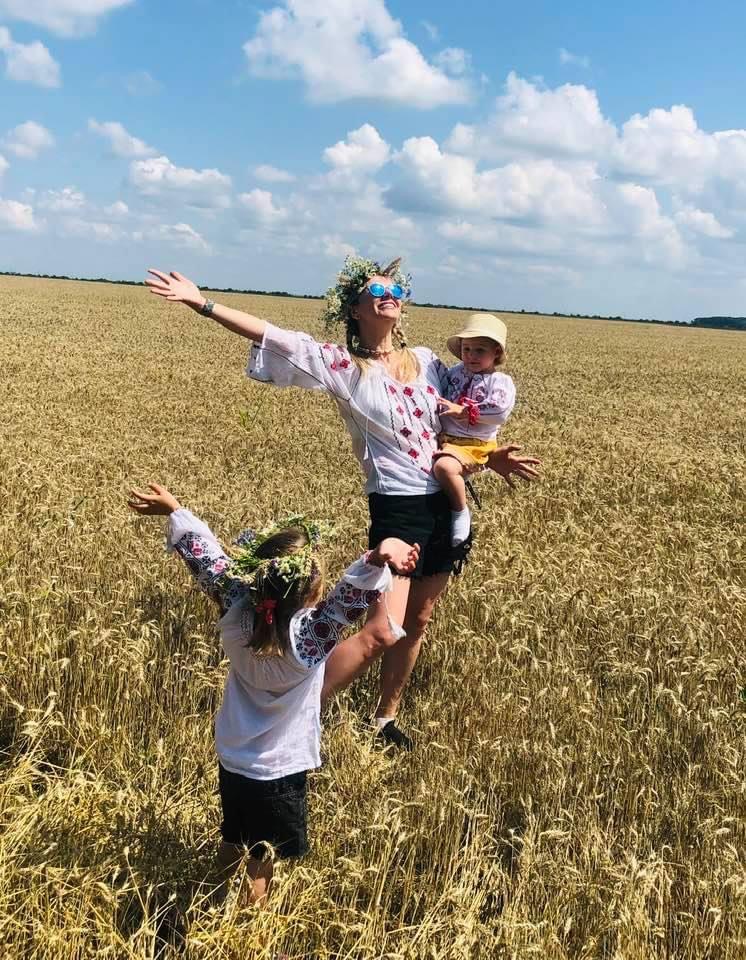
"I have been living in America for a few years. Every time I return to Romania, I visit Tășuleasa and go on the Via Transilvanica. The experience is unique, authentic, and of inestimable value. On Via Transilvanica there is TIME, there is clean AIR, There are miraculous landscapes, authentic and welcoming PEOPLE, spiritual NOURISHMENT and healthy gastronomy. Every time I get there, I wish to stay permanently. After my first visit to Tășuleasa/Via Transilvanica, I told my Romanian friends in Chicago, and the next year we went on vacation together on VT. I would take every Romanian from the diaspora with me to rediscover on Via Transilvanica the spirituality, traditions, gastronomy, beauty, and love of fellow people, the authentic values of Romania."
Georgiana Merdariu, Director RUF Chicago

"Since 2018, I have been participating in international and multicultural festivals in the USA, including the Around the World Cultural Food Festival in Washington DC, the largest multicultural festival organized in the capital of America, performing and promoting traditional Romanian music and attire from all regions of Romania, from Maramureș to Dobrogea. It is very important for us, the Romanians in the diaspora, to keep our Romanian identity alive and to show the world the beauty and richness of Romanian tradition. Unfortunately, unlike other ethnic groups, Romanians lack quality exposure and presentation materials for Romanian traditions and spirituality, with a clear and interesting concept for modern society."
Andreea Rebaltescu,RUF Communication Director Stafford, Virginia, SUA (Photo credit: Felix Barca)
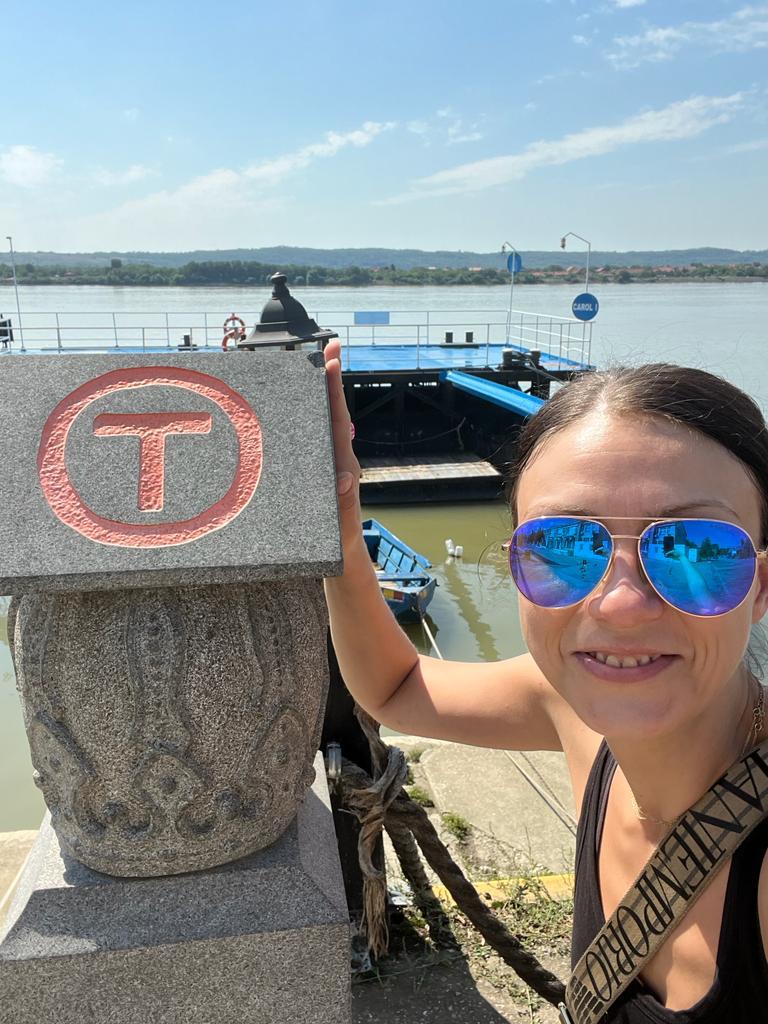
"Any Romanian from around the world can spread the word that we have a wonderful culture and language, traditions, and roots from so many cultures that have met on the territory of Romania and have created a cultural wealth matching the natural riches. We can all put Romania on the world map as it deserves. And we are here for all those who want to enjoy promotional materials they can be proud of, to travel on Via Transilvanica, to be part of the story – including by having their own milestone on the route that crosses and unites the country."
Diana Gini, RUF Diaspora Community Development, Madrid

"The 'Road That Unites' project has brought tangible joy to the hearts of Romanians around the world. Receiving the participation kits for exhibitions that we have offered, people have felt a strong connection to their cultural roots. Each package was not just a simple collection of materials but a window to the authentic traditions and values of Romania. Through this project, the world has discovered that the 'Road That Unites' is more than just a physical route - it is an emotional journey that strengthens the unity and pride of Romanians everywhere."
Cosmina Ungur, RUF Chicago
Any Romanian immigrant in the USA, Canada, Europe, Africa, or New Zealand, when asked at some point about his country, can tell you that Romania is known outside its borders as the country of Dracula, orphan children, a former communist dictatorship, or, in the best cases, the country of Hagi and Nadia Comaneci. In some cases, mistakenly, Romania is considered an ex-Soviet country, "which speaks Russian".
The project created by the Romanian United Fund aims to promote Romania’s image abroad through Via Transilvanica, a Romanian touristic and cultural brand that can thus become a true symbol for 21st century Romania - a country that wants to redefine itself through tradition but also through European values, through hospitality but also through sustainability.
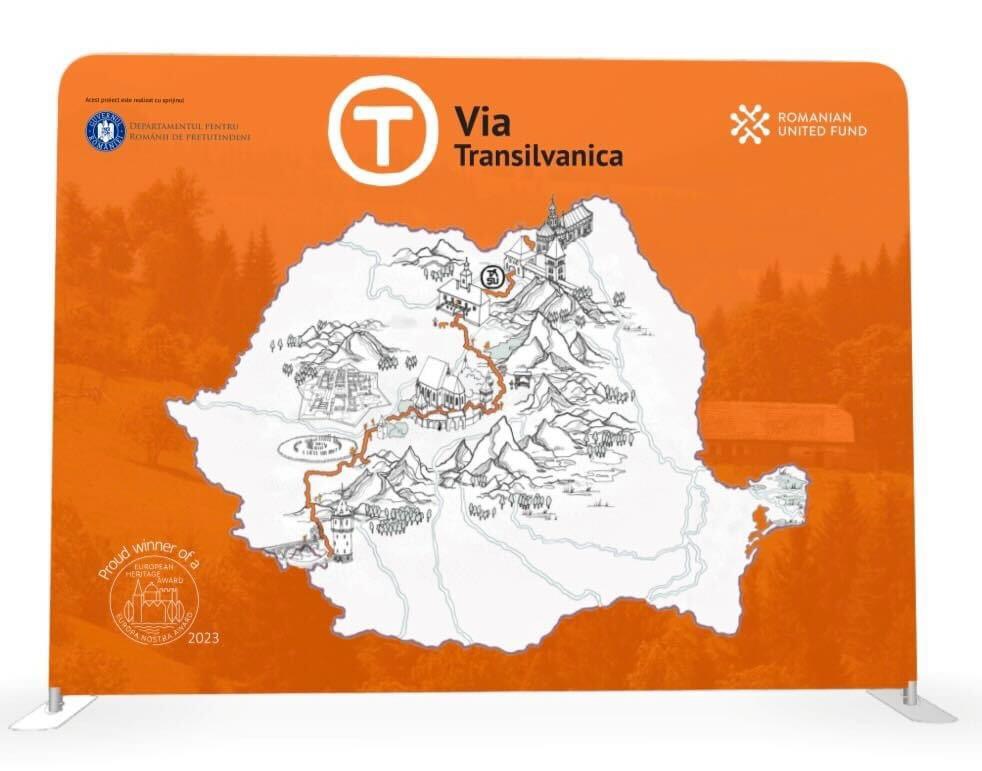
Via Transilvanica is a way for the diaspora to reconnect with Romania - virtually, through its symbolism, messages, and stories, as well as by encouraging visits to Romania as a tourist or investment destination, as very well defined by Alin Ușeriu, the founder of Tășuleasa Social: "Via Transilvanica is a courageous road because it makes us rediscover landmarks and talk about who we really are, from the blade of grass on the bank of the Danube to the crests of the mountains. Via Transilvanica is identity. Because it offers us the chance to know our history, traditions, spirit better, and thus to understand ourselves better as a nation."
"The Road That Unites" not only promotes a Romanian country brand to the global Romanian diaspora communities through the Via Transilvanica project but primarily aims to consolidate the global Romanian associative environment, create new networks, open relevant conversations around the promotion of authentic Romanian natural, cultural, and spiritual heritage.
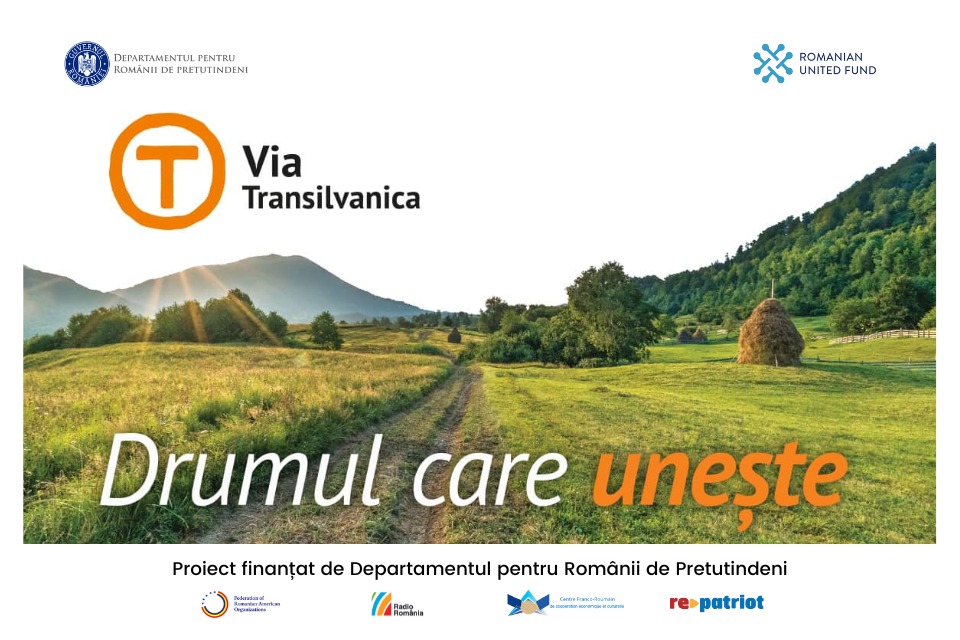
RUF would like to thank once again its regional and global partners for their support for the Road that Unites project!
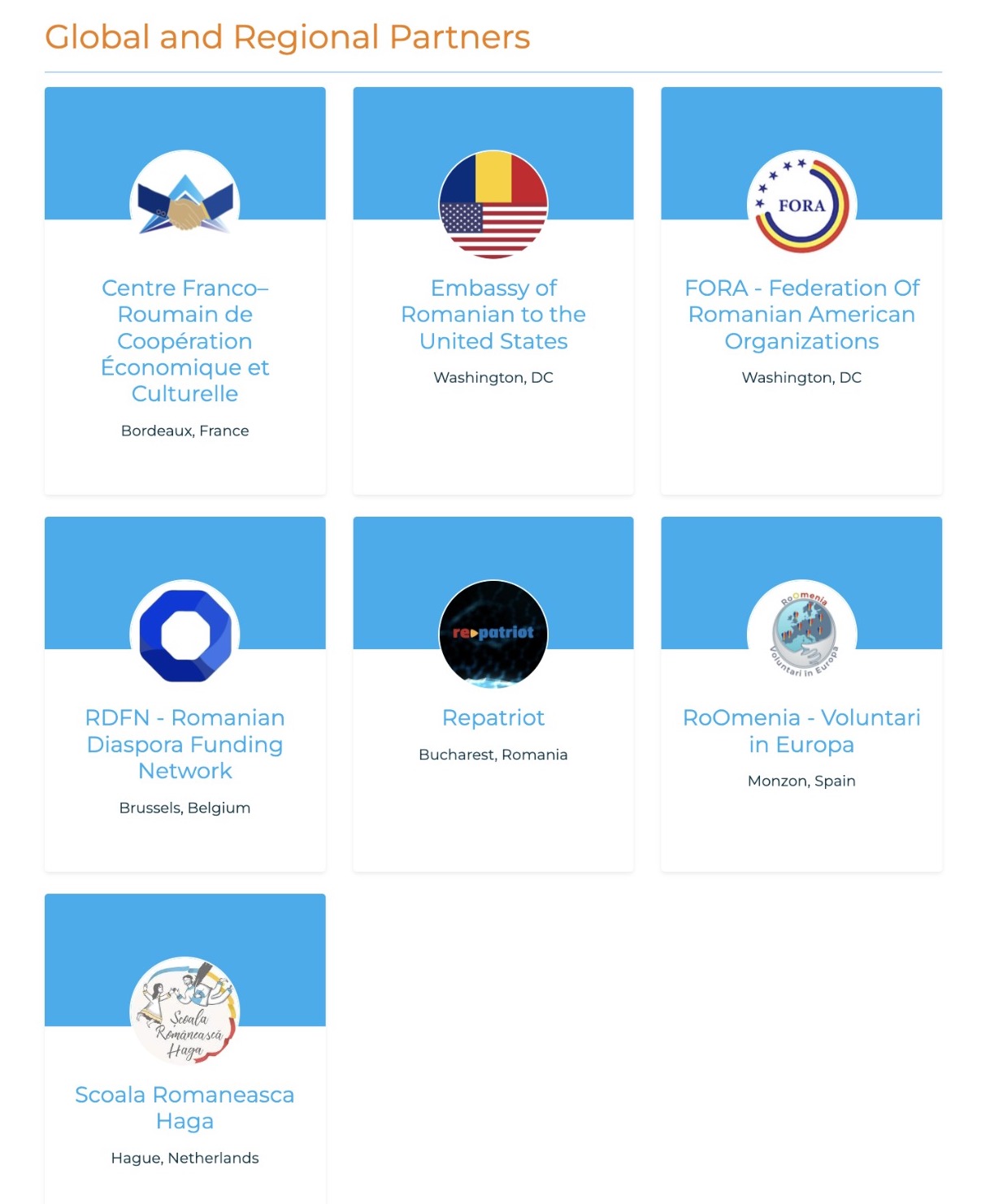
This text is part of the project „Drumul Care Unește” carried out by the Romanian United Fund with the support of the Romanian State Department for Romanians Abroad.
Acest text face parte din proiectul „Drumul Care Unește” derulat de Romanian United Fund cu sprijinul Departamentului pentru Românii de Pretutindeni.
